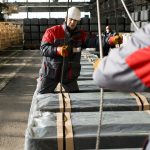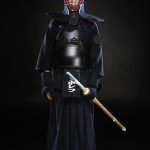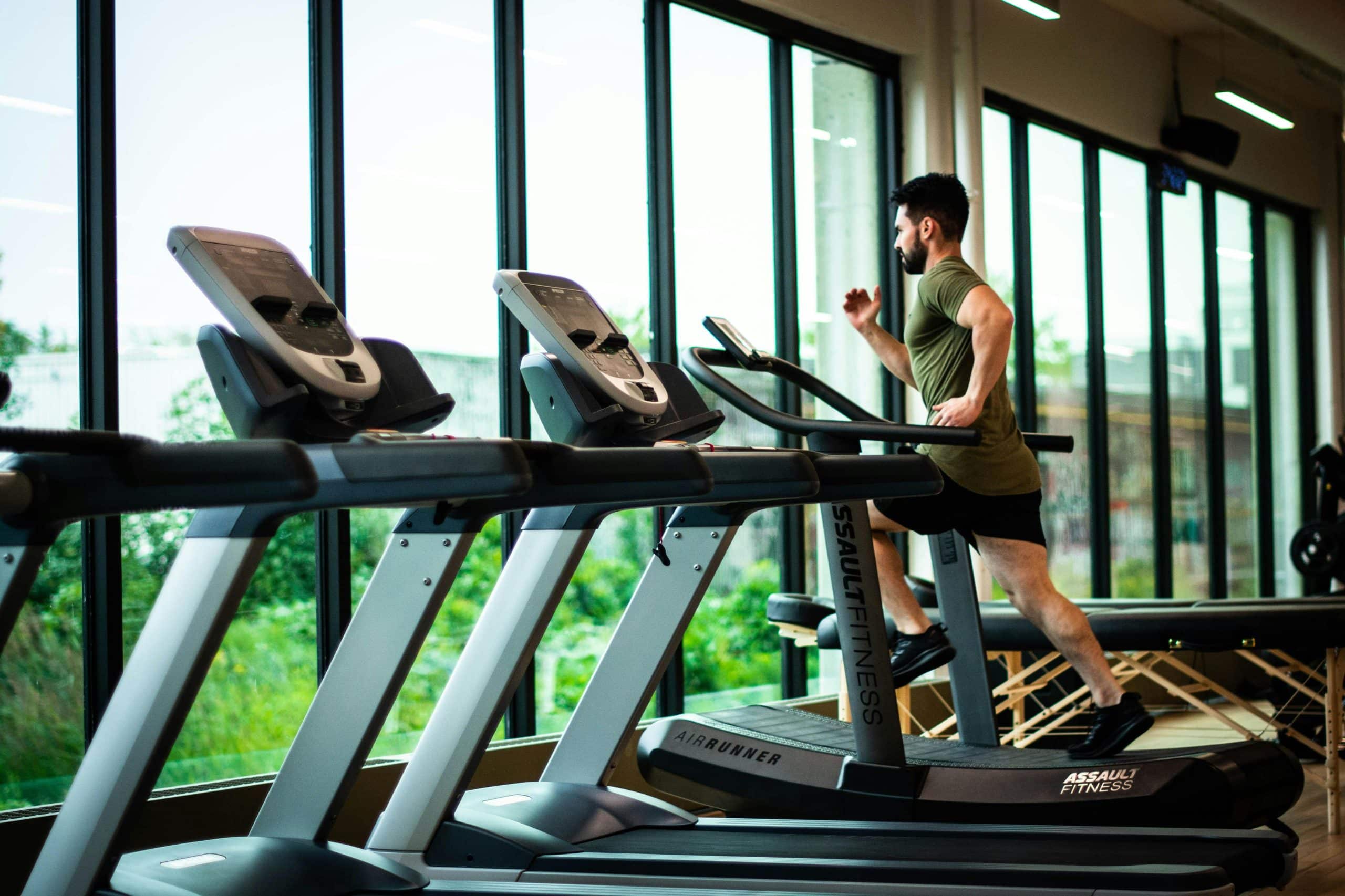Keeping comfortable during home workouts is of paramount importance, and the clothes you wear can play a significant role in that. The last thing you want during an intense workout session is a drenched shirt sticking to your body, impeding your movements and causing discomfort. This is where the magic of moisture-wicking materials comes in. These fabrics are designed to pull sweat away from your skin, helping you to stay cool, dry, and comfortable throughout your workout. But what are the best moisture-wicking fabrics? Let’s delve into it.
The Science Behind Moisture-Wicking Fabrics
Before we dive into the specifics of various materials, it’s necessary to understand the science behind moisture-wicking fabrics. These materials are engineered to speed the evaporation process, keeping sweat away from your skin and allowing you to stay dry. They work by spreading out the moisture across the surface of the fabric, facilitating quicker evaporation and drying. Here’s how various materials stack up in terms of their moisture-wicking capabilities.
Dans le meme genre : How Can You Automate Plant Watering in a High-Rise Apartment Balcony?
Polyester: The King of Moisture-Wicking
Polyester is a popular choice for workout clothes due to its excellent moisture-wicking capabilities. It’s a synthetic fabric that’s designed to repel water rather than absorb it. This means when you sweat, the moisture is pushed to the surface of the fabric where it evaporates, leaving your skin and clothes dry.
Polyester is also lightweight, durable, and resistant to shrinking and wrinkling, making it an ideal choice for workout clothes. However, it’s not as soft or breathable as some other fabrics, and it’s not the best at combating odors.
Dans le meme genre : What Are the Best Solar-Powered Exterior Lights for a UK Garden?
Keep in mind, not all polyester is created equal. Look for high-quality polyester that is specifically designed for athletic wear. This type of polyester often has a special finish to enhance its moisture-wicking capabilities and make it more breathable.
Cotton: Natural, Soft, But Not the Best Wicker
Cotton is a natural fabric that’s known for its softness and comfort. It’s highly breathable, allowing air to circulate and keep your skin cool. However, when it comes to moisture-wicking, cotton falls short.
Unlike polyester, cotton absorbs water. This means when you sweat, the fabric will soak it up, becoming heavy and potentially uncomfortable. Moreover, cotton takes longer to dry, which could leave you feeling damp and cool during your workout.
While cotton might not be the best choice for high-intensity workouts where you’ll be sweating a lot, it could still be a comfortable option for lighter exercises or for lounging around the house after a workout.
Wool: The Natural Moisture-Wicker
Wool might not be the first fabric that comes to mind when you think of workout clothes, but it has some surprising benefits. High-quality, fine wool, like Merino, is excellent at wicking moisture. Like polyester, it repels water rather than absorbing it, moving sweat away from your skin to the surface of the fabric where it can evaporate.
Another advantage of wool is its ability to regulate body temperature, keeping you warm when it’s cold and cool when it’s hot. It’s also naturally odor-resistant, which is a plus for workout wear. However, wool can be more expensive and less durable than some other fabrics, and not everyone finds it comfortable against their skin.
Blends: Best of Both Worlds
Blends, as the name suggests, combine different types of fibers to take advantage of each one’s strengths. For instance, a polyester-cotton blend can provide the moisture-wicking properties of polyester with the soft comfort of cotton.
Similarly, a polyester-spandex blend could offer the moisture-wicking and durability of polyester with the stretch and flexibility of spandex. Blends can be an excellent choice for workout clothes, offering a balance of comfort, performance, and durability.
Remember, while the fabric of your workout clothes is important, it’s not the only factor to consider. The fit, style, and care instructions of the clothing can also impact its comfort and performance. Always choose workout clothes that make you feel confident, comfortable, and ready to conquer your home gym workouts.
And that’s the rundown on the best moisture-wicking fabrics for your workout wear. Now you’re equipped with the knowledge to make the best choice for your comfort and performance. Happy sweating!
Nylon: A High-Performing Synthetic Option
Nylon is another synthetic fabric that excels in moisture-wicking. Like polyester, sweat is drawn away from the skin to the surface of the fabric, thanks to its unique wicking properties. This allows the moisture to evaporate quickly, resulting in dry, comfortable skin and workout clothes.
In addition to its moisture-wicking abilities, nylon has several other properties that make it an excellent choice for workout wear. It’s resistant to mildew and mold, which can be a common problem with workout clothing due to the high levels of sweat. Nylon is also exceptionally strong and durable, so it can withstand the demands of high-intensity workouts.
In terms of comfort, nylon is soft and lightweight, and it has a slight stretch to it. This means that nylon workout clothes will move with your body, allowing you a full range of motion during your workouts. However, nylon doesn’t always breathe as well as other fabrics, so it may not be the best choice for extremely intense workouts or very warm conditions.
Bamboo: A Sustainable and Comfortable Choice
Not to be overlooked is bamboo fabric, a natural fiber that has grown in popularity due to its sustainable nature and outstanding comfort. Bamboo wicks moisture away from the skin, though not as effectively as polyester or nylon. However, it compensates for this by being highly breathable and incredibly soft, providing a level of comfort that is hard to beat.
An additional advantage of bamboo is that it has natural antimicrobial properties, which can help keep odor at bay — an appealing feature for gym clothes. It’s also hypoallergenic, making it a good choice for people with sensitive skin or allergies.
However, bamboo fabric does have its downsides. While it’s quite durable, it’s not as strong as synthetic fabrics like polyester and nylon. It’s also generally more expensive. Despite these drawbacks, the eco-friendly benefits and exceptional comfort of bamboo make it a worthwhile consideration for your workout clothing choices.
Conclusion: Dressing for Success in Your Home Gym
When choosing the perfect attire for your home gym workouts, there’s a lot to consider. From blends that combine the benefits of different fibers to high-performing synthetics like polyester and nylon, and natural fibers such as merino wool and bamboo fabric.
The key is to prioritize moisture-wicking materials that keep you cool and dry, enhancing your comfort during workouts. Consider the intensity of your workout routine, your budget, and your personal preferences when choosing the right moisture-wicking shirts and other workout clothes.
Remember, the ultimate aim is to have workout wear that supports your performance while maximizing comfort. So, whether it’s a high-intensity cardio session or a calming yoga routine, make sure your clothing works for you and not against you. Now, with this knowledge, you’re ready to make informed choices about your workout wardrobe. Here’s to comfortable, effective workouts in your home gym!











